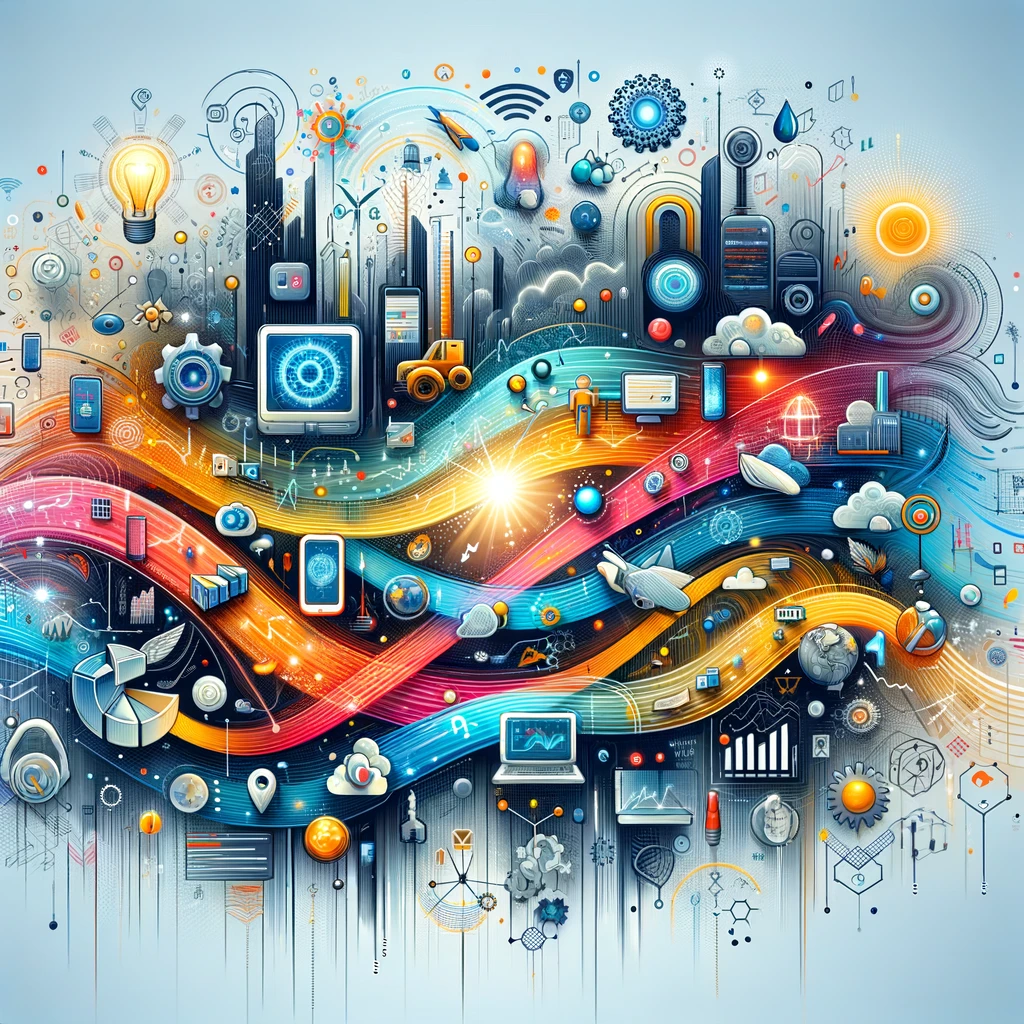In an era marked by rapid technological advancement, the Internet of Things (IoT) has emerged as a pivotal force in transforming business operations and daily life. Among its myriad applications, real-time monitoring stands out for its ability to provide instant data and insights across a variety of contexts. This article explores the transformative impact of IoT real-time monitoring, highlighting its benefits and the broad spectrum of applications it supports.
The Essence of IoT Real-Time Monitoring
IoT real-time monitoring involves the use of connected devices and sensors to continuously collect data from the environment, objects, or systems. This data is then instantly transmitted and analyzed to provide actionable insights. The capability to monitor operations, environments, or health metrics in real time offers unparalleled opportunities for optimization, safety, and decision-making.
Key Benefits of Real-Time Monitoring
- Enhanced Decision-Making: Access to real-time data allows businesses and individuals to make informed decisions swiftly, adapting to changes or potential issues as they arise.
- Improved Efficiency: By monitoring systems and processes in real time, inefficiencies can be quickly identified and addressed, streamlining operations and reducing waste.
- Predictive Maintenance: Real-time monitoring facilitates the early detection of potential equipment failures, enabling preventive maintenance and reducing downtime.
- Increased Safety: In critical environments, real-time monitoring can identify hazardous conditions or unauthorized access, enhancing safety and security.
- Personalized Experiences: For consumers, real-time monitoring of health or environmental conditions enables personalized adjustments, improving comfort and wellbeing.
Applications Across Industries
IoT real-time monitoring finds applications in numerous sectors:
- Manufacturing: Monitoring equipment performance and production processes for optimization and quality control.
- Healthcare: Tracking patient vitals and conditions for immediate care and intervention.
- Agriculture: Observing crop and soil conditions to inform irrigation and treatment, enhancing yield.
- Energy: Monitoring energy consumption and infrastructure to optimize distribution and reduce waste.
- Transportation: Tracking vehicle performance and environmental conditions for safer, more efficient operations.
Navigating Challenges
While IoT real-time monitoring offers significant advantages, it also poses challenges, including data privacy concerns, network reliability, and the need for advanced analytics capabilities. Addressing these challenges requires robust security measures, reliable connectivity solutions, and sophisticated data processing technologies.
The Future of IoT Real-Time Monitoring
As IoT technologies continue to evolve, the potential for real-time monitoring will expand, driving further innovations in data analysis, artificial intelligence, and machine learning. These advancements promise to enhance the precision, responsiveness, and utility of real-time monitoring systems, opening new avenues for optimization and personalization across all areas of life.
In conclusion, IoT real-time monitoring represents a significant leap forward in our ability to understand and interact with the world around us. By providing immediate insights into a wide range of processes and conditions, it empowers businesses, healthcare providers, and individuals to make more informed decisions, optimize operations, and enhance safety and well-being.

